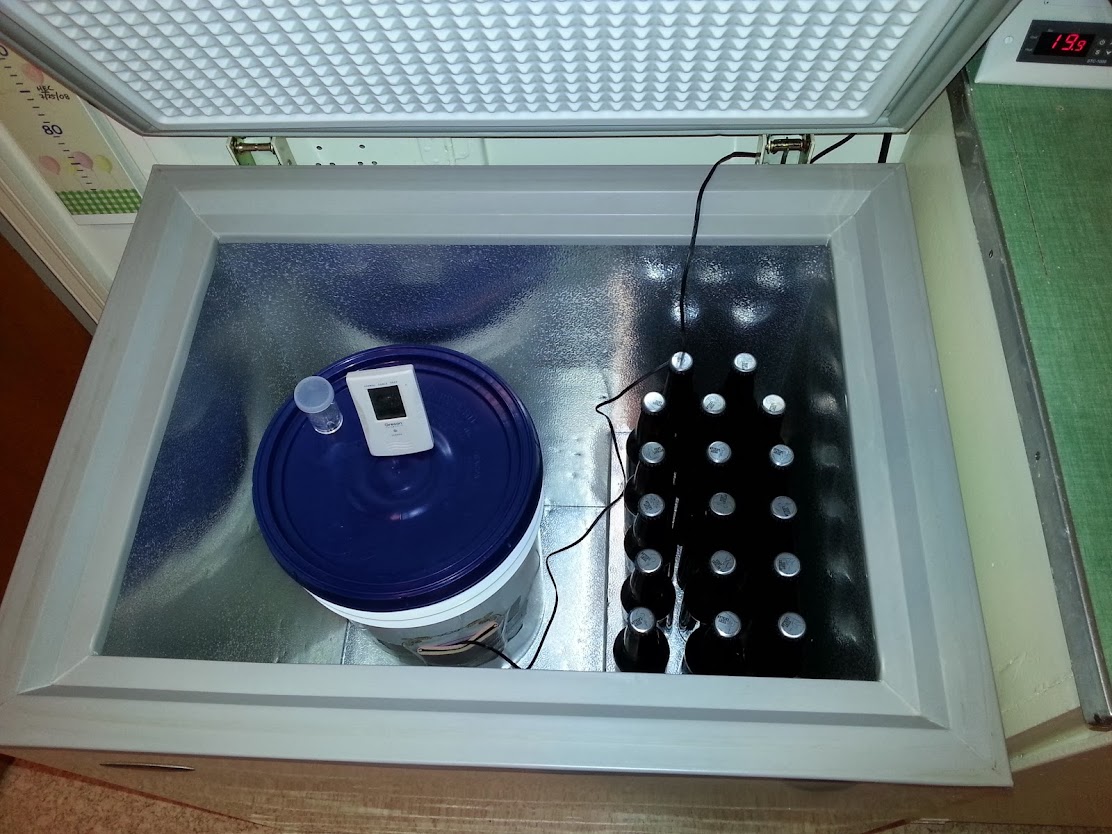wikki
Active Member
- Joined
- Jul 28, 2013
- Messages
- 30
- Reaction score
- 4
So far I have brewed two batches of extract beer. They were both "kits" I got from the local home brew shop with LME and dry yeast. The instructions were pretty basic, just boil it, then sprinkle on the yeast. Temp in my little closet stays pretty stable around 75.
The first batch turned out pretty terrible, but we'll see how it tastes after a few months in the bottles.
I think the second batch is going to be better, but still not great, based on the sample I tasted after taking a hydrometer reading.
Neither of these batches have gotten the FG down as low as the directions said it should go.
My question is what should I do to step it up a little bit and try to make some better beer?
I was thinking about ordering a kit from an online retailer and perhaps getting some liquid yeast and some DME to create a starter.
Or should I stick with the dry yeast and maybe just re-hydrate it?
Any thoughts?
The first batch turned out pretty terrible, but we'll see how it tastes after a few months in the bottles.
I think the second batch is going to be better, but still not great, based on the sample I tasted after taking a hydrometer reading.
Neither of these batches have gotten the FG down as low as the directions said it should go.
My question is what should I do to step it up a little bit and try to make some better beer?
I was thinking about ordering a kit from an online retailer and perhaps getting some liquid yeast and some DME to create a starter.
Or should I stick with the dry yeast and maybe just re-hydrate it?
Any thoughts?




